Going back a few decades, there were two landmark dates in the development of the greater understanding of the natural world. In 1962, Rachel Carson’s iconic book Silent Spring famously condemned the use of pesticides in American agriculture grabbing the attention of the public and in 1973, the Convention on International Trade in Endangered Species of Wild Fauna and Flora (CITES) established a protocol for the control of transportation of both wildlife creatures and plants. Since then, 112 countries have signed this document. Before this development, conservation was a concept applied to buildings and the built environment, but natural wildlife had not been considered in quite the same way.
A non-gardened appearance
In the half century since these breakthrough moments took place, the interest in gardening for wildlife has grown enormously. This takes many forms: feeding birds, putting up nest boxes, growing plants to provide food in the form of seeds and fruits, reduced or no use of chemicals, organic growing, no-dig growing, establishing ponds as a wildlife resource, growing only native species, recycling materials such as old paving slabs and many other ideas that are actively practiced. Some gardeners have become more extreme than others and their wild gardening concepts have been further developed. At its purest, or most extreme, these gardeners believe in allowing plants to grow as they will and might exist in wild settings. The only intervention these gardeners make is to place a simple notice in a position of the wild garden that visibly explains to people why the space appears decidedly non-gardened. An interesting experiment it is to see. No doubt, the process of eventual dominance by native trees will become clear. In fact, there are plenty of examples of neglected gardens where trees have become dominant; oak and ash on dry ground, and alder and willow on wet ground. Sycamore and beech, even though they are not native, are very successful in colonising new ground. Where this has been found, they produce plenty of new seeds each year. Anybody who has spent hours removing ash and sycamore seedlings know how vigorous these young plants can be.
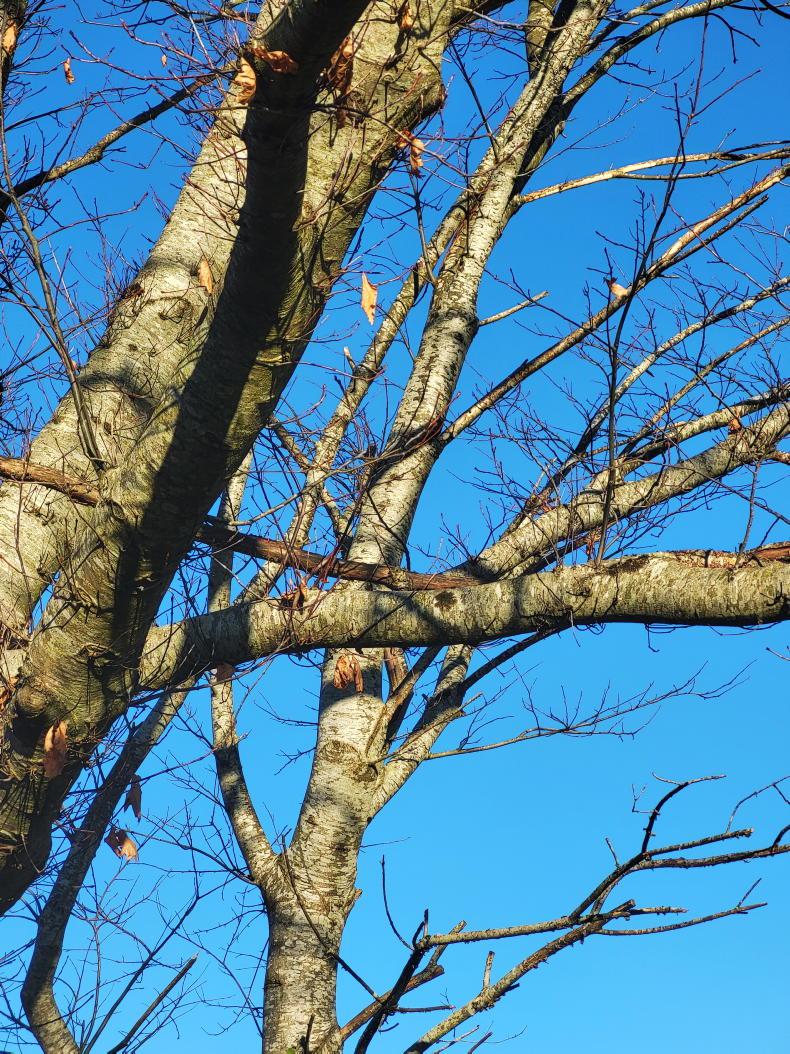
Birch is native to Ireland and many countries of Europe, being one of the hardiest species of deciduous trees. Gardening with Gerry 7 Jan 2023
There are many nature friendly things we can do with our garden space for the benefit of humans and the rest of life such as introducing a water feeding area. From simply placing an old metal tub filled with water outdoors to building a pond, you are providing a drinking and bathing source for wildlife and some entertainment for humans. Encouraging certain butterfly species by creating a wildflower lawn is another project that pays dividends. This is not a meadow, which brings challenges in management, but a wildflower lawn which is kept low growing but is still much easier and more supportive of wildlife than the traditional green lawn.
Gardening rivalry
The garden is a combination of plant growth, garden wildlife and human intervention. There is no fight with nature only a collaboration between people and plants. There is an understanding based on modern knowledge of nature and how it influences human well-being. It was not always thus. For many hundreds of years, people saw nature as an enemy. When Louis XIV set out to create his wonderful garden at Versailles, he set out to dominate nature. Trees of large mature size were moved from all over France; the idea being to promote Louis’s power and wealth. This has played a part in gardens since the age of Byzantium. In fact, in this case, Louis was motivated by jealousy of his finance minister who he had transported to prison where he died some years later. Rivalry on that scale has not been seen since, but there is still a trend for exotic and impressive gardens.
The study of ecology and the habits of plants growing in communities have led to a greater understanding of why plants succeed or fail in gardens. The age-old principle of professional gardeners; namely ‘right plant, right place,’ has been re-enforced by modern scientific knowledge. Plants need air, light, nutrients, sunshine and space in which to grow.
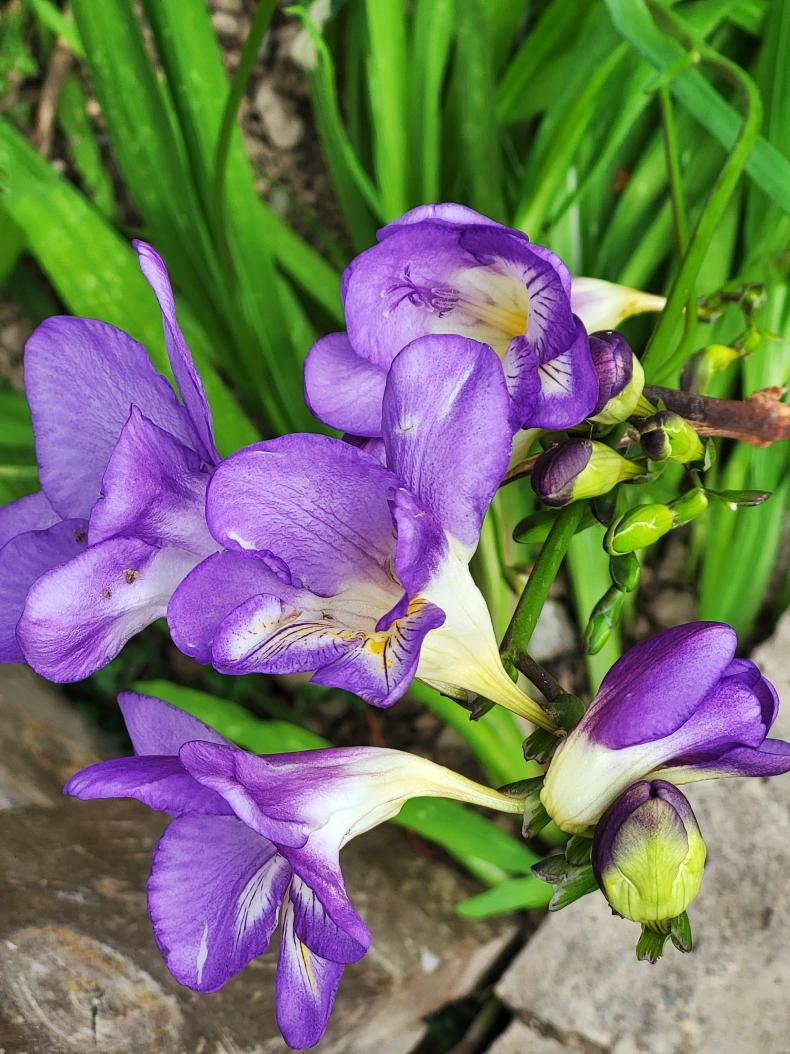
Freesia is native to south Africa and needs the protection of a greenhouse or poly tunnel to flower year after year in this country. Gardening with Gerry 7 Jan 2023
Providing these in suitable quantities is a task of the gardener. Luckily, most of the plant’s needs are provided by nature. Only space for each plant is the one we have most control of and the one which we are least successful. Knowledge of plant communities has developed over recent times and consists of trees at the apex, shrubs, perennial plants and bulbs underground. This is very similar to the way plants grow in nature.
We can conclude that there is much to learn about how plants grow that will help successful gardening. The irony of our relationship with plants is that we think they need us, while in fact, it is the other way around.
Plants provide shelter, clothing, food and medicines and can survive perfectly well without giving any intervention, but the combination of plant needs and human needs are far more pleasant and rewarding.
It's a good time of the year to assess your own gardening efforts over the past 12-month period.
Did you sow too many seeds?Did you sow too many of the wrong kind?Did you miss the bus when it came to timing weed control?Or were your vegetables and salads an outstanding success?
Probably the truth lies somewhere in the middle. If you are new to gardening and want to grow some vegetables, salads and herbs, be sure to start on a small scale. Even a square metre or two can provide quite a lot of fresh food. Also, you may find that the timing of sowing crops, thinning seedlings and harvesting crops before they become over mature are skills that are easily learned and once learned, are never forgotten!
Read more
Winter Iris and Colourful Chrysanthemum
Gardening: festive foliage, foraging and bird-watching
Going back a few decades, there were two landmark dates in the development of the greater understanding of the natural world. In 1962, Rachel Carson’s iconic book Silent Spring famously condemned the use of pesticides in American agriculture grabbing the attention of the public and in 1973, the Convention on International Trade in Endangered Species of Wild Fauna and Flora (CITES) established a protocol for the control of transportation of both wildlife creatures and plants. Since then, 112 countries have signed this document. Before this development, conservation was a concept applied to buildings and the built environment, but natural wildlife had not been considered in quite the same way.
A non-gardened appearance
In the half century since these breakthrough moments took place, the interest in gardening for wildlife has grown enormously. This takes many forms: feeding birds, putting up nest boxes, growing plants to provide food in the form of seeds and fruits, reduced or no use of chemicals, organic growing, no-dig growing, establishing ponds as a wildlife resource, growing only native species, recycling materials such as old paving slabs and many other ideas that are actively practiced. Some gardeners have become more extreme than others and their wild gardening concepts have been further developed. At its purest, or most extreme, these gardeners believe in allowing plants to grow as they will and might exist in wild settings. The only intervention these gardeners make is to place a simple notice in a position of the wild garden that visibly explains to people why the space appears decidedly non-gardened. An interesting experiment it is to see. No doubt, the process of eventual dominance by native trees will become clear. In fact, there are plenty of examples of neglected gardens where trees have become dominant; oak and ash on dry ground, and alder and willow on wet ground. Sycamore and beech, even though they are not native, are very successful in colonising new ground. Where this has been found, they produce plenty of new seeds each year. Anybody who has spent hours removing ash and sycamore seedlings know how vigorous these young plants can be.

Birch is native to Ireland and many countries of Europe, being one of the hardiest species of deciduous trees. Gardening with Gerry 7 Jan 2023
There are many nature friendly things we can do with our garden space for the benefit of humans and the rest of life such as introducing a water feeding area. From simply placing an old metal tub filled with water outdoors to building a pond, you are providing a drinking and bathing source for wildlife and some entertainment for humans. Encouraging certain butterfly species by creating a wildflower lawn is another project that pays dividends. This is not a meadow, which brings challenges in management, but a wildflower lawn which is kept low growing but is still much easier and more supportive of wildlife than the traditional green lawn.
Gardening rivalry
The garden is a combination of plant growth, garden wildlife and human intervention. There is no fight with nature only a collaboration between people and plants. There is an understanding based on modern knowledge of nature and how it influences human well-being. It was not always thus. For many hundreds of years, people saw nature as an enemy. When Louis XIV set out to create his wonderful garden at Versailles, he set out to dominate nature. Trees of large mature size were moved from all over France; the idea being to promote Louis’s power and wealth. This has played a part in gardens since the age of Byzantium. In fact, in this case, Louis was motivated by jealousy of his finance minister who he had transported to prison where he died some years later. Rivalry on that scale has not been seen since, but there is still a trend for exotic and impressive gardens.
The study of ecology and the habits of plants growing in communities have led to a greater understanding of why plants succeed or fail in gardens. The age-old principle of professional gardeners; namely ‘right plant, right place,’ has been re-enforced by modern scientific knowledge. Plants need air, light, nutrients, sunshine and space in which to grow.

Freesia is native to south Africa and needs the protection of a greenhouse or poly tunnel to flower year after year in this country. Gardening with Gerry 7 Jan 2023
Providing these in suitable quantities is a task of the gardener. Luckily, most of the plant’s needs are provided by nature. Only space for each plant is the one we have most control of and the one which we are least successful. Knowledge of plant communities has developed over recent times and consists of trees at the apex, shrubs, perennial plants and bulbs underground. This is very similar to the way plants grow in nature.
We can conclude that there is much to learn about how plants grow that will help successful gardening. The irony of our relationship with plants is that we think they need us, while in fact, it is the other way around.
Plants provide shelter, clothing, food and medicines and can survive perfectly well without giving any intervention, but the combination of plant needs and human needs are far more pleasant and rewarding.
It's a good time of the year to assess your own gardening efforts over the past 12-month period.
Did you sow too many seeds?Did you sow too many of the wrong kind?Did you miss the bus when it came to timing weed control?Or were your vegetables and salads an outstanding success?
Probably the truth lies somewhere in the middle. If you are new to gardening and want to grow some vegetables, salads and herbs, be sure to start on a small scale. Even a square metre or two can provide quite a lot of fresh food. Also, you may find that the timing of sowing crops, thinning seedlings and harvesting crops before they become over mature are skills that are easily learned and once learned, are never forgotten!
Read more
Winter Iris and Colourful Chrysanthemum
Gardening: festive foliage, foraging and bird-watching







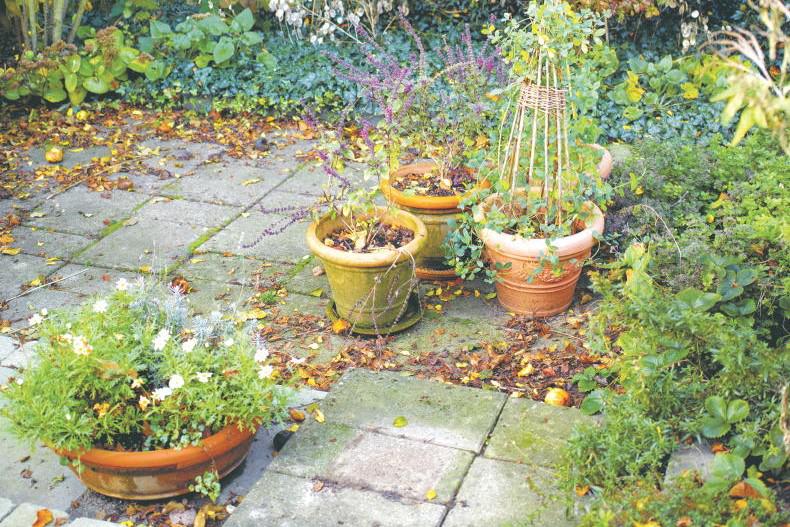
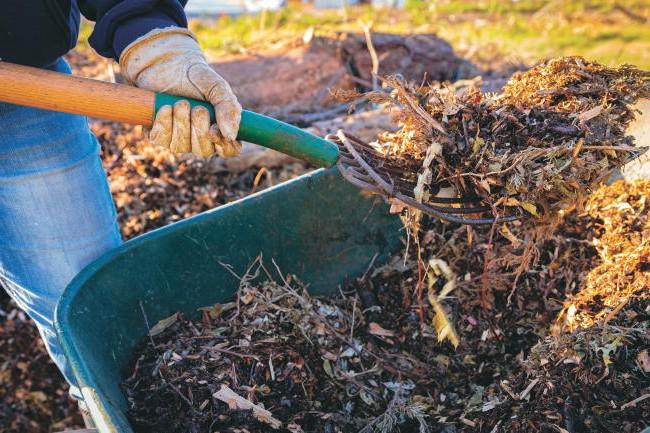
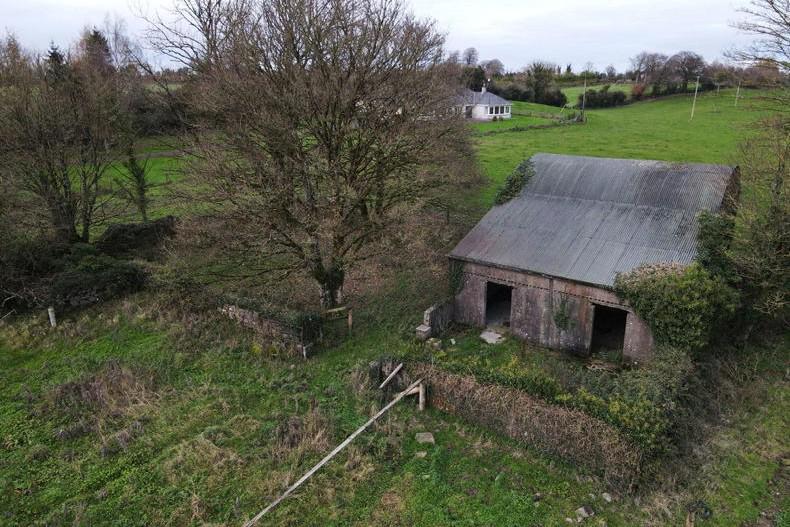
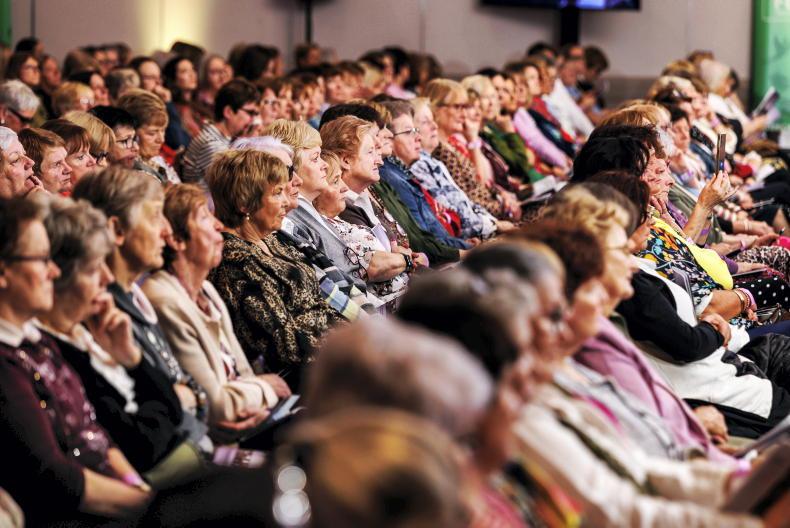
SHARING OPTIONS